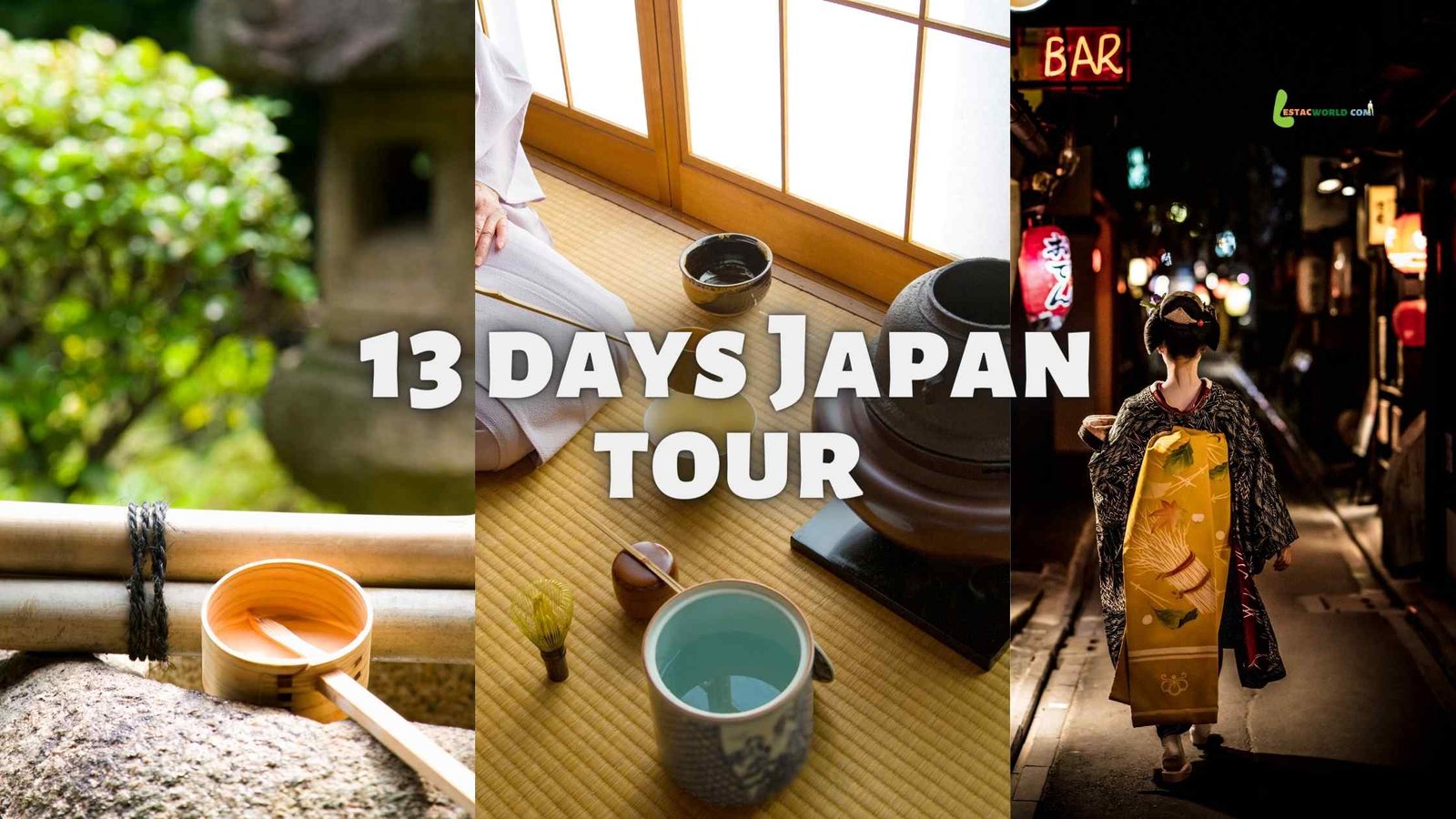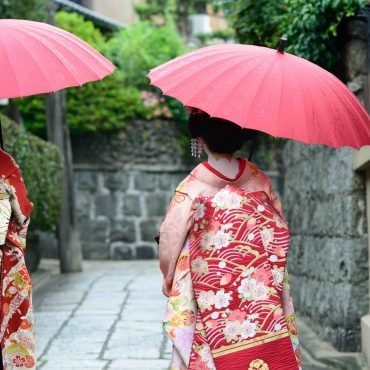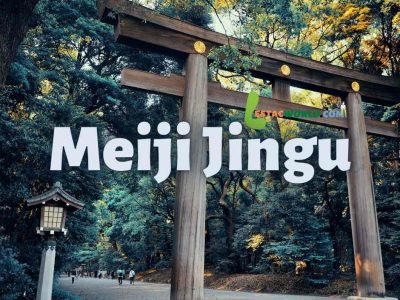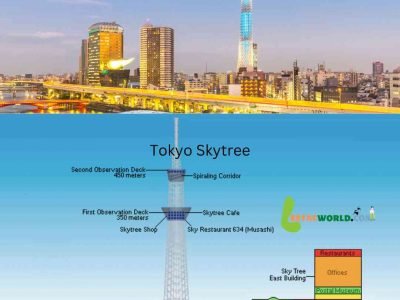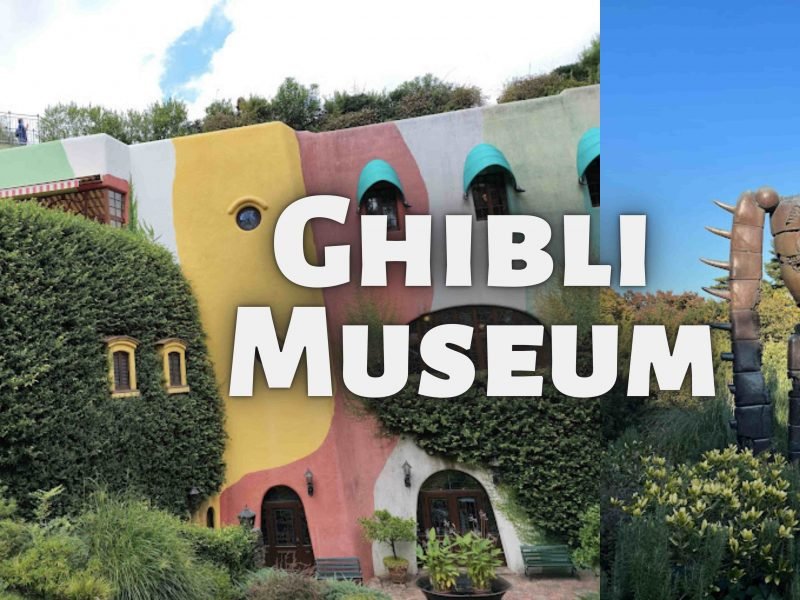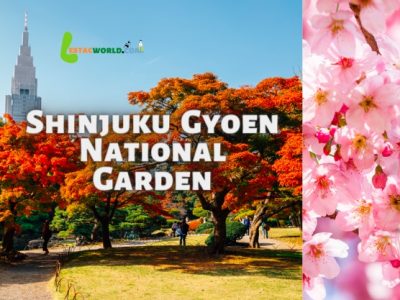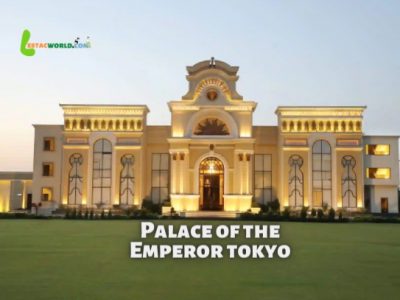When it comes to planning a trip to Japan, Tokyo is a city that should be at the top of your list. This bustling metropolis is renowned for its vibrant culture, modern attractions, and rich history. To ensure a seamless and unforgettable experience in Tokyo, consider booking Tokyo tour packages, which provide comprehensive and curated itineraries.
Tokyo tour packages offer a convenient and hassle-free way to explore the city’s iconic landmarks and hidden gems. These packages typically include guided tours to popular attractions such as the historic Asakusa district, the majestic Tokyo Imperial Palace, and the bustling shopping districts of Shibuya and Shinjuku. With the expertise of knowledgeable guides, you’ll gain insights into Tokyo’s history, traditions, and local customs.
One of the key advantages of choosing Tokyo tour packages is the convenience they offer. From airport transfers to accommodation and transportation within the city, everything is taken care of by the tour operator. This allows you to make the most of your time and focus on immersing yourself in the vibrant atmosphere of Tokyo.
Additionally, Tokyo tour packages often provide cost savings by bundling together various components of the trip. These packages can offer discounted rates on accommodations, transportation, and entrance fees to popular attractions. With the savings, you can indulge in unique dining experiences, explore Tokyo’s renowned shopping scene, or even extend your trip to visit nearby destinations.
When selecting Tokyo tour packages, consider your interests and preferences. Whether you’re a history enthusiast, a food lover, or a pop culture enthusiast, there are packages tailored to suit your desires. From traditional tea ceremonies to themed cafes and anime-inspired attractions, Tokyo offers something for everyone.
In conclusion, Tokyo tour packages offer an excellent way to explore and experience the vibrant city of Tokyo. With carefully curated itineraries, expert guides, and cost-saving benefits, these packages ensure a memorable and immersive journey. So, book your Tokyo tour package and get ready to discover the diverse attractions, fascinating culture, and dynamic atmosphere of this captivating city.

